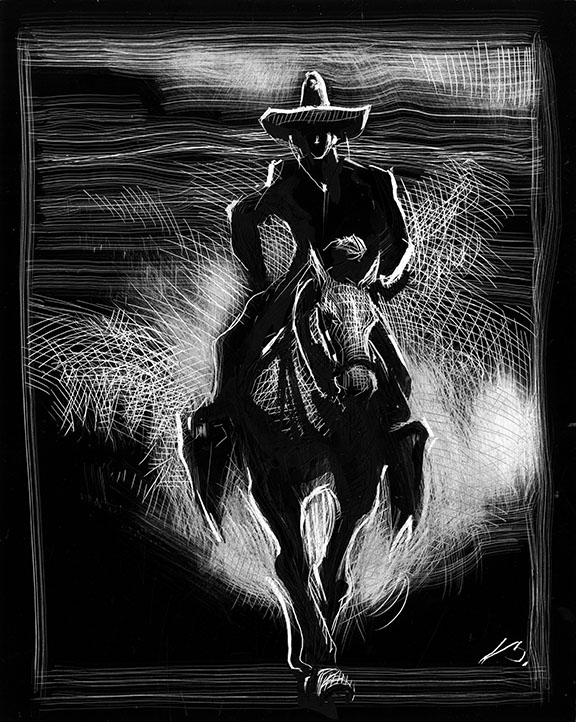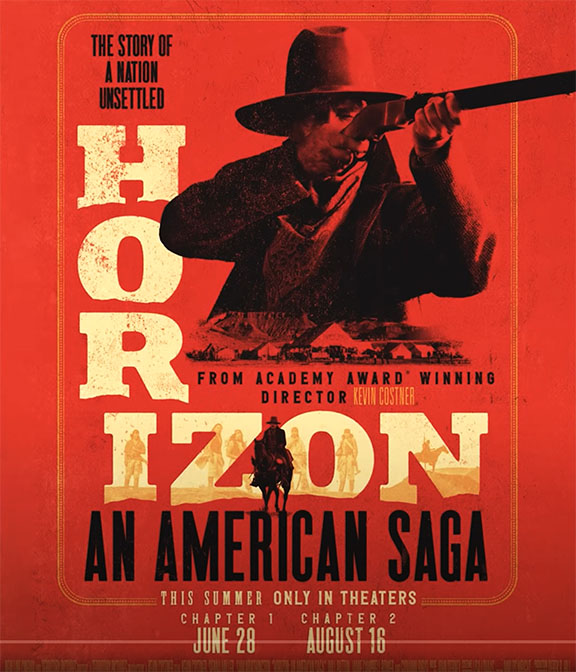July 7, 2024
Big front page feature in today's Albuquerque Journal on the reopening of the Ellis Store next week. Check it out:
On a related note, Cleis Jordan, sent me the press release for my first art show in Lincoln, New Mexico 31 years ago.
For IMMEDIATE RELEASE:
Billy the Kid Finally Hangs In Lincoln
LINCOLN, NM, April 21, 1993—Arizona artist and writer, Bob Boze Bell will be bringing it all home on May 1. Home to the house where Billy the Kid actually stayed during the famous Lincoln County War. Casa de Patron will be the site of Bell's first New Mexico showing of the art from his new book, 'The Illustrated Life & Times of Billy the Kid.'
The book published last October (1992) features almost 100 works of art by Bell, including pen and ink, watercolors and oils. All chronicle the shor life of New Mexico's most famous citizen. . .Casa de Patron is proud to showcase the first New Mexico showing of the major pieces from the book that relaated to Lincoln. Over one dozen paintings including the large oil of Billy that graces the cover of the book, will be hung on the walls of the house where the boy outlaw stayed."
End of press release. At the time, Cleis and Jerry Jordan owned Casa de Patron, the famous Bed & Breakfast where the Kid stayed and I would have to say it was one of my favorite spots on the planet.
I was very proud to see some of the Old Guard historians who showed up for my art show at Casa de Patron. In fact, on the day of the show May 1, 1993, we stepped outside on the patio, where this photo was taken.
L to R: Leon Metz, good guy can't remember his name, Fred Nolan, BBB and, maybe Bob Barron? I believe I am the last one standing and some would say I have graduated to the Old Guard myself.
I think a new Old Guard photo is in order for next week's festivities at the Ellis Store in Lincoln. If you love Billy the Kid, we'll see you there. And, if you need an invite, here you go:
Meanwhile, up Prescott way. . .
"Doc In Stages: One Gallivanting Galoot!"
Look close, that is him in the back of the Plaza Stable Prescott stagecoach. Also, just got this from the man of the hour:
"So if you have not done the math yet, starting with his trip with Wyatt from Las Vegas, New Mexico, to Prescott in October 1879 and ending with his trip to Tombstone in September 1880, Doc traveled a total of around 2050 miles within that time! That is one gallivanting galoot, impressive for anyone let alone a lunger! And that is just the traveling we know about."
—Brad Courtney























